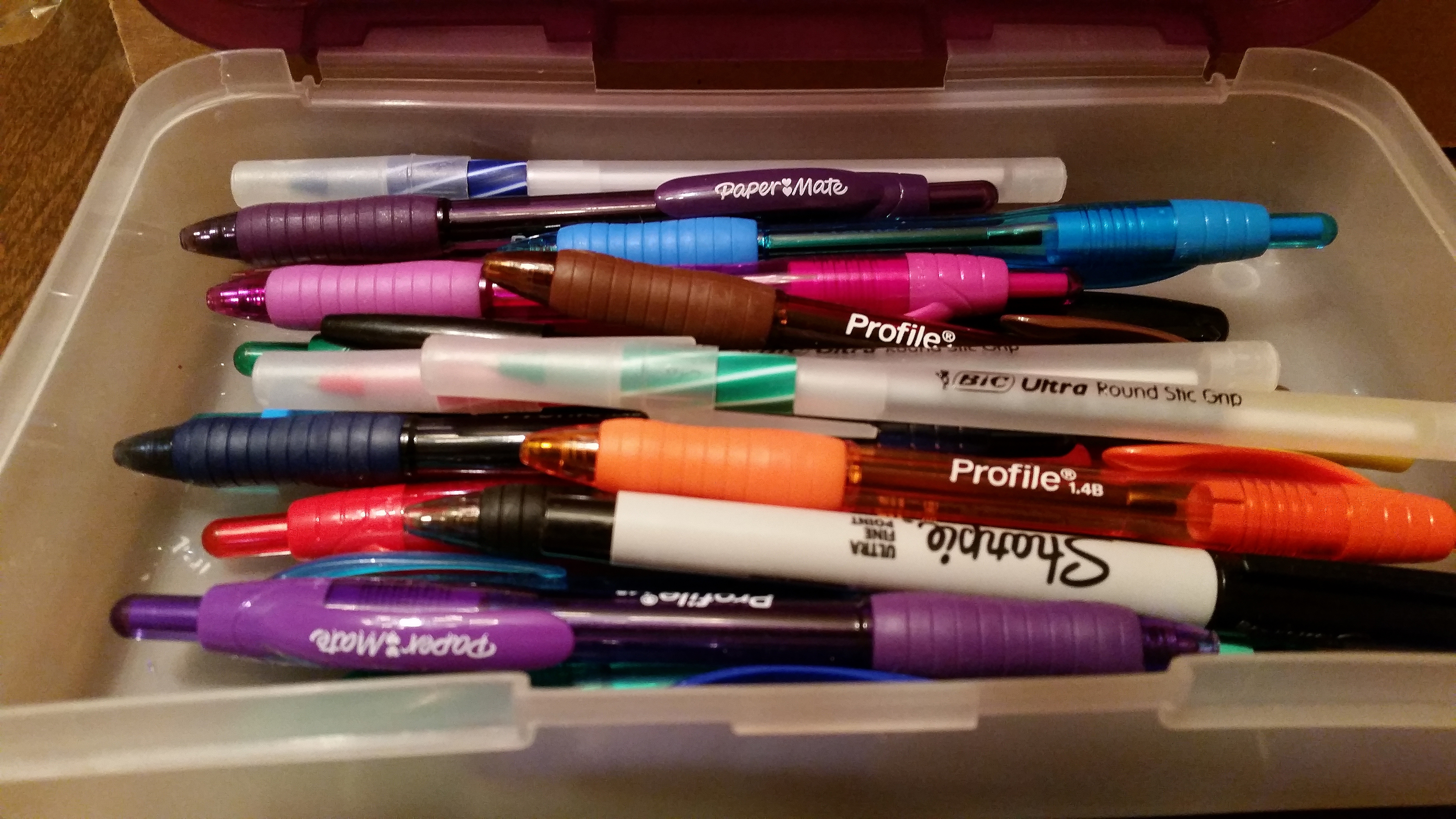
History in the Making
Christmas Wishes: A Peek at the Sears Christmas Catalog
Alice’s feet drag to the mailbox. She had waited until the mailman travelled a few houses beyond theirs. She…
November 23, 2022
Alice’s feet drag to the mailbox. She had waited until the mailman travelled a few houses beyond theirs. She…
November 23, 2022
This month I want to continue talking about the importance of pacing and screenwriting. I want to emphasize that…
November 4, 2022
Most folks are very familiar with big yellow buses boasting black-stenciled letters: SCHOOL BUS We can’t miss them. We’re…
May 20, 2022
As I mentioned in the previous post, there is much we can learn on the writing craft by studying…
July 9, 2020
Once upon a time writers actually left their characters hanging from cliffs. In the early days of movies, when…
August 31, 2018
Most fiction starts out hot, then bogs down. How can you keep the fire in your fiction so that…
January 16, 2016